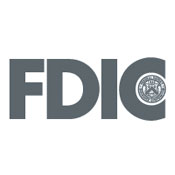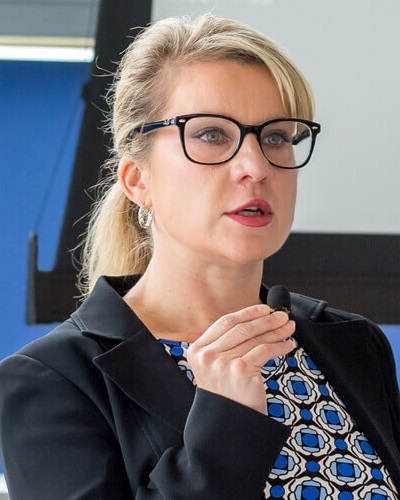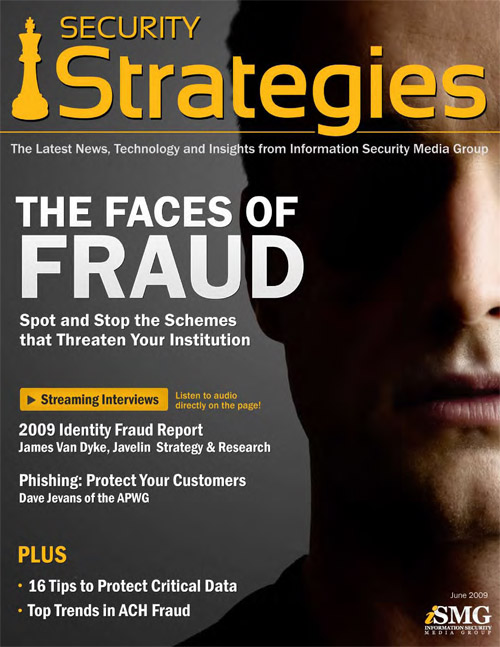FDIC: Top 5 Fraud Threats
Malware, Breaches Share List with Check & Mortgage Fraud
In an exclusive interview, Michael B. Benardo, chief of the Federal Deposit Insurance Corp.'s Cyber Fraud and Financial Crimes Section, says - despite high-profile incidents of ACH fraud and data breaches impacting financial institutions -- counterfeit checks and mortgage fraud still rank among the top fraud threats.
FDIC's Top 5
According to Benardo, these are the top five fraud threats of concern to the FDIC:
- Malware and Botnets -- These software agents or robots that take over a user's computer are often the root causes of commercial payments fraud, i.e. corporate account takeover. "Malware has gotten on the computers of commercial customers and financial institutions, thereby compromising their log-in credentials and causing the criminals to be able to commit fraud by moving money through wire transfers or ACH," Benardo says.
- Phishing -- The crime has evolved from badly-written, bogus emails to well-crafted assaults via e-mail, telephone and text message. "My worry is the next way that criminals will change phishing and be creative via social engineering," he says.
- Data Breaches -- Despite that most data breaches have occurred on the merchant and payments processor sides of the business, financial institutions are still deeply impacted by these losses. "They have to reissue cards and deal with the aftermath of credit card information getting out there, and how that can lead to the identity theft of their customers."
- Counterfeit Checks -- The circulation of checks continues to drop, but counterfeit check fraud remains prevalent. Cashier checks and bank official checks are most often the targets, Benardo says. "[Criminals] understand Reg CC and know that those checks have faster funds availability, which allows them to get their money out of the scam faster."
- Mortgage Fraud -- These crimes committed against financial institutions, as well as mortgage rescue scams that affect consumers and mortgage holders, continue to rock the financial market. "We're starting to see a lot of that," Benardo says.
International Fraud: Unique Challenges
Cross-border, international fraud also is on the rise. And as fraudsters continue to perfect their schemes, detection is more difficult.Because fraud knows no geographical boundaries, financial institutions and governmental agencies must learn to blur boundaries as well. Better communication among institutions and agencies across borders not only helps to identify and hinder fraud, but also could serve as an educational tool. Mortgage rescue scams could be happening in other countries, Benardo says, "So we might be able to compare what we're doing here with other countries, from a global perspective, to educate and address those issues."
The primary reason that better cross-border communication is needed is because of the ever-increasing challenge cybercrimes pose in the fight against fraud. "People can hide behind computers; so we may think a crime is coming from one place when it is in fact coming from somewhere else," Benardo says.
Better coordinated effort among international law enforcement agencies and the information technology and financial sectors is the only way to get ahead of fraud. "It is a challenge, but we are working on improving that all the time."
Two ways the international financial community is already communicating with government are through the Financial and Banking Information Infrastructure Committee, chartered under the President's Working Group on Financial Markets, and the Financial Services Coordinating Council, a trade organization comprising principal trade associations in banking, securities and insurance in the United States.
Benardo says the FDIC is working to foster communication between those groups, as well as the work that's being done to help U.S. institutions fight fraud.
Benardo, who has been with the FDIC for 18 years, oversees all aspects of fraud-related initiatives, including establishment of regulatory policies and procedures. He plays key roles in developing and implementing fraud-related supervisory programs such as examination techniques, and represents the FDIC on interagency working groups to develop interagency programs that help institutions combat fraud.
For the complete interview with the FDIC's Michael Benardo, see: FDIC on Top Fraud Threats to Banks





















